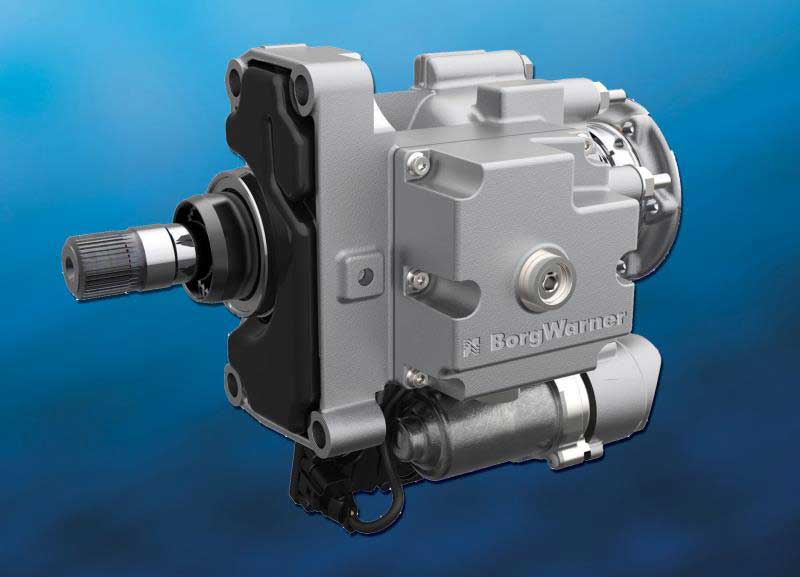What is Front Cross Differential (FXD) technology?
The term FXD stands for Front Cross Differential made by Borg-Warner. Borg Warner is a leading manufacturer of automotive components such as gear boxes, transmission systems, drives systems, and, axles, etc. It has developed this advanced differential technology. According to the company, this technology improves traction, handling, and stability for a better driving experience. This Technology provides improved traction and stability, especially for the front-wheel-drive (FWD) vehicles. The FXD unit easily integrates and offers a cost-effective, fuel-efficient alternative to an AWD system. The Seat Leon CUPRA features this technology.

Why need FXD?
BorgWarner designed the Front Cross Differential, especially for high-performance front-wheel drive (FWD) vehicles. The electronic limited-slip differential considerably improves vehicle handling, traction, and stability under almost all driving conditions. Borg Warner’s FXD technology proactively avoids wheel-slip and under-steer effects without sacrificing engine power and improves drivability. It has a compact and easy-to-install design and a wide range of options. Thus, FXD technology offers a cost-effective and fuel-efficient alternative to the regular all-wheel drive (AWD) systems.
Furthermore, BorgWarner’s Front Cross Differential technology provides high-performance vehicles with a fun-to-drive experience. It delivers the right amount of torque exactly when and where the vehicle needs. It offers maximized traction, stability, and handling to the drivers. Depending on driving conditions, FXD technology can distribute a specific locking torque of up to 100 percent to either the right or the left front wheel. The maximum locking force of FXD technology is 1,600 Nm in the case of SEAT Leon Cupra.
How does Front Cross Differential technology work?
FXD uses the AWD system components such as the electro-hydraulic multi-plate clutch. The system collects data on steering angle, engine torque and yaw rate from vehicle sensors. With this data, the system generates a controlled locking torque between the front wheels. Thus, it delivers the power directly to the wheel with the best traction, even before the wheel-slip or spin starts to occur.
Furthermore, this technology provides a torque-vectoring effect for better performance during cornering. It delivers more power to the outer wheel to reduce the inner wheel slip. In addition, FXD can enhance vehicle stability by shifting more power to the inner wheel. This creates a yaw damping effect which decreases the need for intervention by brake-based stability control systems. Borg Warner’s Front Cross Differential technology avoids over and under-steering actions. Besides, it delivers the best traction, handling, and stability under almost all driving conditions.
All images – Courtesy: Borg Warner
Watch How FXD or Front Cross Differential Works here:
Read More: What is Front Engine Layout in vehicles?>>
